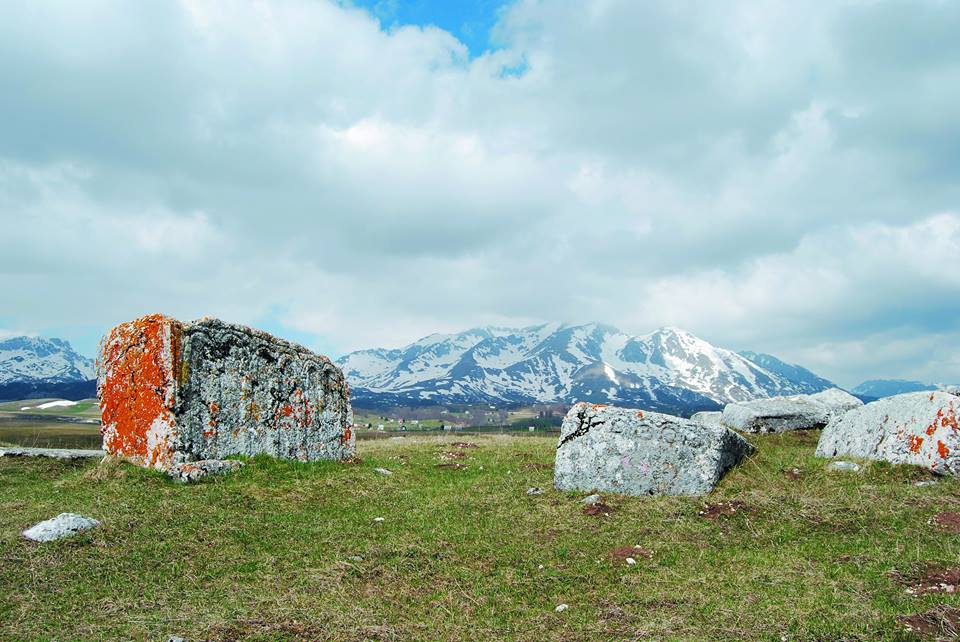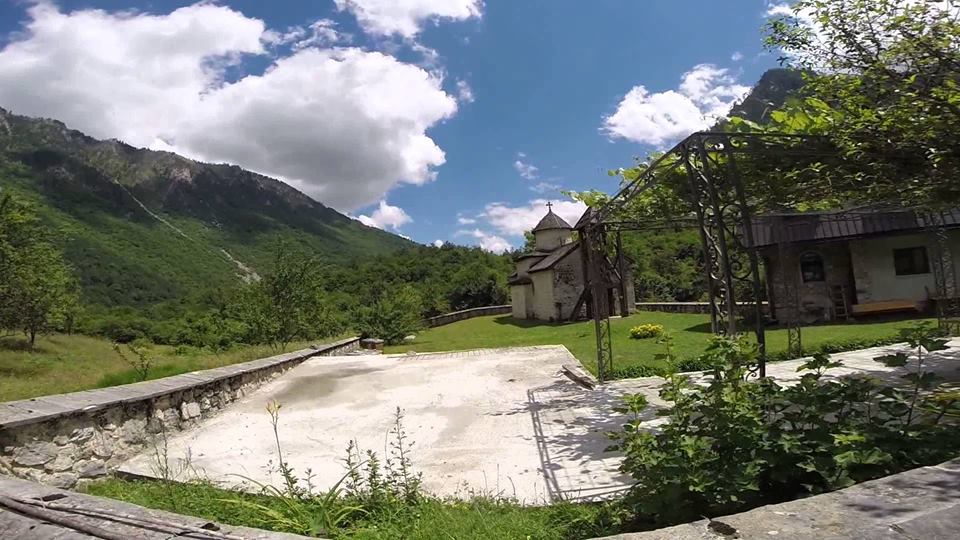July 09, 2018 - Located in the very centre of the enormous mountain of Durmitor – and in the middle of Durmitor National Park, Žabljak’s culture and tradition are preserved through the centuries. It is a unique environmental area, with a special mixture of nature, gastronomy, history, and culture. The rich and layered cultural and historical heritage of Durmitor can be traced back to the oldest prehistoric epochs to date, where the impacts of various cultures have been continuously changed.
The preserved remains of the prehistoric era are characterized by several “tumuli“ (grave mounds), which testify to the residence of the Illyrians in this area. From the time of Roman domination, there remained clear evidence in the wider area of the Parcipus, the stone bridges, and the caravan roads. The medieval period includes necropolises with stylized stećaks, ruins of Turkish bridges and carrara along the old Montenegrin-Turkish border, ruins of the ancient fortress Pirlitor above Levera and three monasteries in the Tara valley, in Dobrilovina, Dovolji and in Đurđević Tara, dating from the 15th to the 17th centuries.
As undoubtedly significant parts of the cultural heritage we highlight:
- “Greece cemeteries” between the villages Novakovići and Bara Žugić
Among the inhabitants of the Žabljak villages even today exists a living legend which says that "Once upon a time, Greeks inhabited this region. Somewhere in May, the snow fell, and they dented the plowshare into the surface and abandoned this area. They left behind the cemeteries, and this area gained the name „The Greek cemetery at Mount Durmitor." The people did not touch the area for centuries out of respect for the deceased. To this date, in the Novakovići village, near Riblje Lake, forty-nine tombs have been preserved at the so-called Greek cemetery and they, as well as the nearby tombstones in Bara Žugić and the Greek cemetery in Šćepan Polje near Plužine, are under the protection of UNESCO since 2016.

- Medieval fortification of Pirlitor on the periphery of the Tara river canyon
Pirlitor was a medieval fortress in Mount Durmitor, in Old Herzegovina (part of present-day Montenegro), built at the edge of the deep canyon of the Tara River. Only a part of the wall at the fortress's highest point has survived to the present day. It is located 16 km from the town of Žabljak, at an altitude of about 1450 meters. Pirlitor overlooked the medieval road between Nikšić and Pljevlja, where the road descended from Durmitor's Lake Plateau into the canyon.
- Tepca village
The village of Tepca is located just a few kilometers from the imposing mountain peaks, at only 600 meters above sea level. The climate here is mild, so the land is very fertile. The village is known to be the first and only village that existed in the area of the present municipality from the fifteenth century.
- Dobrilovina Monastery on the banks of the Tara river
Monastery Dobrilovina is a monastery located in the vicinity of Mojkovac in the village of Donja Dobrilovina (valley of the river Tara - left bank, right next to the Mojkovac-Žabljak road). The wall paintings are partially preserved, and a special attraction is the plastic ornaments, lozenges, and rosettes.

- Church of the Holy Transfiguration, which was built in honor of the victory over the Turks in 1862.
The municipality has put its cultural resources into the function of tourism development in two ways: the organization of visits to monuments and sites in order to understand the ethnological and anthropological component of the life of the population, and by cultural tourism programs along with similar contents in other municipalities.








